Unindent Does Not Match Any Outer Indentation Level
1. Introduction to Indentation
a. Explanation of indentation in programming:
Indentation refers to the practice of adding spaces or tabs at the beginning of lines of code to visually represent the structure and hierarchy of the code. Indentation is used to group related statements together and differentiate between different levels of code nesting.
b. Importance of proper indentation in code readability and structure:
Proper indentation improves code readability and structure by making it easier to understand the logical flow of the code. It helps programmers quickly identify sections of code, such as loops, conditionals, and functions. A well-indented code also enhances collaboration among developers, as it reduces the ambiguity and confusion that can arise from poorly structured code.
2. Common Indentation Styles
a. Overview of different indentation styles:
There are two primary indentation styles: spaces and tabs. Spaces involve using a specific number of spaces to indent the code, while tabs involve using the tab character. Different programming languages and communities have different preferences for indentation styles.
b. Comparison of popular indentation preferences:
Within the spaces indentation style, there is a debate between using 2 spaces and 4 spaces as the standard indent width. Both styles have their proponents and detractors, and the final choice often depends on personal preference or project guidelines.
3. Indentation Guidelines in Different Programming Languages
a. Guidelines specific to Python for consistent indentation:
Python is known for its strict indentation requirements. It enforces the use of consistent indentation to define code blocks. Python uses 4 spaces as the recommended indent width.
b. Indentation rules in languages like JavaScript, C++, and Java:
JavaScript, C++, and Java typically use braces ({}) to define code blocks, rather than relying solely on indentation. However, consistent indentation is still important for code readability and maintainability in these languages.
4. Benefits of Consistent Indentation
a. Improved code maintainability and collaboration:
Consistent indentation makes code easier to maintain and understand, especially when multiple developers are working on the same project. It enables team members to quickly navigate through the code and identify logical blocks.
b. Easier identification of logical blocks and nesting levels:
Proper indentation allows programmers to easily identify the hierarchy and nesting level of code blocks, such as loops and conditionals. This aids in debugging and understanding the flow of the program.
5. Challenges and Pitfalls of Indentation
a. Common mistakes in indentation and their consequences:
Inconsistent use of tabs and spaces in indentation can lead to syntax errors and unexpected behavior in the program. Mixing tabs and spaces can cause indentation errors and result in code that does not execute as intended.
b. Handling indentation errors and best practices for troubleshooting:
When encountering indentation errors, it is important to carefully review the affected lines, check for mismatched indentation, and ensure that the chosen indentation style is applied consistently throughout the codebase. Automated linting tools can also help identify and fix indentation issues.
6. Code Editors and Automatic Indentation
a. Overview of code editors with built-in indentation features:
Many popular code editors, such as Visual Studio Code, Sublime Text, and Atom, provide built-in indentation features that help streamline the coding process. These features automatically handle indentation based on user preferences or project settings.
b. Configuration and customization options for automatic indentation:
Code editors often allow users to customize indentation settings to align with their preferred style and language-specific guidelines. Users can adjust the size of the indentation, choose between tabs or spaces, and define rules for indentation behavior.
7. Tools for Indentation Analysis and Formatting
a. Introduction to linting tools for indentation checking:
Linting tools, such as Pylint for Python or ESLint for JavaScript, analyze code for potential errors, including indentation issues. These tools can detect inconsistent use of tabs and spaces, incorrect indent widths, and other common indentation mistakes.
b. Code formatting tools that help enforce consistent indentation style:
Code formatting tools, such as Black for Python or Prettier for JavaScript, automatically format code according to predefined rules, including indentation. These tools ensure consistent indentation throughout the codebase, relieving developers of manual formatting tasks.
8. Managing Indentation in Collaborative Environments
a. Strategies for maintaining consistent indentation in team projects:
In collaborative environments, it is important to establish and adhere to consistent indentation guidelines. This may involve creating a style guide that defines indentation preferences, conducting code reviews to enforce adherence to the guidelines, and using automated formatting tools to enforce consistent indentation.
b. Version control considerations for indentation changes during collaboration:
When multiple developers are working on the same codebase, indentation changes can become a source of conflicts when using version control systems like Git. It is advisable to communicate and coordinate indentation changes with the team and use version control tools to resolve conflicts effectively.
9. Debates and Controversies Surrounding Indentation
a. Different opinions on the importance of strict indentation rules:
Some programmers argue that strict indentation rules are unnecessary and that it is sufficient to use braces or other explicit code block indicators. However, proponents of strict indentation rules consider them crucial for code readability and maintainability.
b. Discussion of highly debated indentation topics among programmers:
Among the most debated indentation topics are the preference for spaces or tabs, the choice between 2 spaces and 4 spaces as the standard indent width, and the use of mixed indentation styles within a project.
In conclusion, indentation is a fundamental aspect of programming languages that significantly impacts code readability, structure, and collaboration. Proper indentation improves code maintainability and helps programmers easily identify logical blocks and nesting levels. Despite its benefits, indentation can also pose challenges and lead to errors if not used correctly. Therefore, it is important to follow language-specific guidelines, utilize code editors with automatic indentation features, leverage linting and formatting tools for consistency, and establish clear indentation guidelines in collaborative environments.
Indentationerror: Unindent Does Not Match Any Outer Indentation Level In Python Django In English
Why Does Python Unindent Not Match Any Outer Level?
Python is a widely used programming language known for its simplicity, readability, and versatility. Like any programming language, Python has its own set of rules and syntax that must be followed to write efficient and error-free code. One common error that many Python developers encounter is the “IndentationError: unindent does not match any outer level” message. This error can be frustrating for beginners and even experienced developers. In this article, we will explore the reasons behind this error and discuss possible solutions.
Understanding the Basics of Indentation in Python:
Before diving into the reasons behind the “unindent does not match any outer level” error, it’s essential to grasp the basics of indentation in Python. Unlike most programming languages that use braces or brackets to denote a block of code, Python uses indentation to define the structure and hierarchy.
In Python, consistent indentation is critical to signify the start and end of a block of code. Any statements that are part of the same block must be indented with the same number of spaces or tabs. This strict adherence to indentation enhances code readability and ensures that Python maintains its clean and aesthetic appearance.
Understanding the Error Message:
When a “unindent does not match any outer level” error occurs, it means that the code is not adhering to the indentation rules defined by Python. This error message is typically encountered when there is an additional or misplaced unindentation in the code, causing the code block to not correspond to any outer block.
Common Causes of the Error:
Now that we understand the basics, let’s explore the most common causes of the “unindent does not match any outer level” error:
1. Inconsistent Indentation: Python expects consistent indentation throughout the code. If you mix spaces and tabs or use varying numbers of spaces to indent your code, it will result in an indentation error. It is recommended to stick to either spaces (typically four) or tabs throughout your codebase to maintain consistency.
2. Misplaced Unindentation: One of the most common causes of this error is a misplaced unindentation. If you unindent a block of code more than necessary or in the wrong place, Python will raise this error. Make sure to align your unindentations with the corresponding previous indentations.
3. Mixing Indentation Styles: Mixing different styles of indentation, such as using spaces and tabs interchangeably, can lead to confusion and indentation errors. It is best to choose one style and stick to it consistently throughout your code to avoid this error.
Resolving the Error:
Now that we are aware of the common causes, let’s discuss some possible solutions to resolve the “unindent does not match any outer level” error:
1. Check for Inconsistent Indentation: A good starting point is to examine your code for any inconsistencies in indentation. Ensure that you are using the same number of spaces or tabs for each level of indentation within the same block of code.
2. Review Recent Changes: If you recently made modifications to your code, review the changes you made. Check if any unindentations were accidentally introduced or if you inadvertently mixed indentation styles.
3. Use IDE or Code Editors with Syntax Highlighting: Integrated Development Environments (IDEs) or code editors with syntax highlighting capabilities can be immensely helpful in identifying indentation errors. These tools often highlight incorrect or inconsistent indentations, making it easier for you to fix them.
4. Double-check Block Structures: If you receive this error with nested if-else or loop statements, the issue may lie in the placement of your unindentations. Ensure that the unindentation aligns with the corresponding previous indentation level.
5. Check for Mismatched Brackets: Sometimes, a misplaced closing bracket or an incorrect indentation within brackets can cause this error. Ensure that all your brackets, parentheses, and square brackets are correctly placed and aligned.
FAQs:
Q1. Is the “unindent does not match any outer level” error specific to Python?
No, this error is specific to Python due to its unique indentation-based syntax. Other programming languages may have different error messages or no errors at all related to indentation.
Q2. How can I differentiate between spaces and tabs in my code?
Many text editors and IDEs provide options to display whitespace characters, including spaces and tabs, allowing you to identify and differentiate between them.
Q3. Can inconsistent indentation impact the functionality of my code?
Yes, inconsistent indentation can alter the structure and hierarchy of your code, leading to logical errors and unexpected behavior. Python relies on consistent indentation to determine the relationships between different sections of code.
Q4. Are there any tools to automatically fix indentation errors in Python?
Yes, there are various automated code formatters available, such as Black and autopep8, that can help fix indentation errors and enforce consistent formatting throughout your codebase.
Q5. Can I disable the indentation requirements in Python?
No, you cannot disable indentation requirements in Python. Indentation is an integral part of Python’s syntax and is not optional.
In Conclusion:
Understanding and correcting the “unindent does not match any outer level” error is crucial for Python developers. By adhering to consistent indentation rules and being mindful of indentation styles, developers can avoid this error and create clean and error-free Python code. Remember to always review your code for indentation errors, use helpful tools, and consult relevant documentation to ensure your code meets Python’s standards.
What Does The Error Unindent Does Not Match Any Outer Indentation Level?
Python is a widely-used programming language known for its simplicity and readability. However, like any programming language, it has its fair share of error messages that can confuse programmers, especially beginners. One commonly encountered error is “Unindent does not match any outer indentation level.” In this article, we will dive deep into this error, understand its meaning, explore its causes, and provide some solutions for fixing it.
Understanding the Error Message:
When Python encounters a syntax error, it promptly terminates the execution and displays an error message, explaining the cause of the issue. The error message “Unindent does not match any outer indentation level” occurs when there is a mismatch in the indentation levels within a code block.
In Python, indentation is crucial for determining the structure and logic of the code. Indentation is used to group statements, define control structures, and indicate the scope of functions and loops. Unlike other programming languages, Python doesn’t rely on braces or other symbols to mark code blocks. Instead, it uses whitespace indentation (usually four spaces) for delimiting blocks of code.
Causes of the Error:
Let’s now explore some common causes that may lead to the “Unindent does not match any outer indentation level” error:
1. Mixing Tabs and Spaces: Python strictly enforces the use of either spaces or tabs for indentation. Mixing both can lead to indentation errors. It’s essential to be consistent and verify that all code blocks use the same kind of indentation.
2. Incorrect Mixing of Indentation Levels: Python relies on consistent indentation levels throughout a code block. If an incorrect indentation level is introduced, such as decreasing the number of spaces or tabs in the middle of a block, the error can occur.
3. Mismatched Indentation: Sometimes, programmers mistakenly misalign their indentation, leading to the error. For example, if a statement within a code block is indented further than the rest of the block, Python will raise this error.
4. Inconsistent Tab Width Settings: Different text editors or IDEs may have varying default tab widths. If you change your tab width settings but fail to adjust the existing indentation, the error can arise.
Solutions for Fixing the Error:
Now that we’ve discussed the possible causes of the error message, here are some solutions to resolve it:
1. Check for Mixing Tabs and Spaces: Ensure that your code only uses either tabs or spaces for indentation, but not a combination of both. Consistency is key when it comes to indentation in Python.
2. Verify Indentation Levels: Manually inspect your code and ensure that the indentation levels are consistent and correctly aligned. Double-check for any unintentional decreases or increases in indentation within code blocks.
3. Fix Mismatched Indentation: If you find misaligned indentation in your code, correctly align it by adjusting the number of spaces or tabs. Make sure all statements within a code block share the same indentation level.
4. Adjust Tab Width Settings: Consistently set the tab width in your text editor or IDE. If you change it, reformat your code to align with the new settings. This will help maintain consistent indentation throughout your project.
5. Use an IDE or Text Editor with Indentation Assistance: Many popular IDEs and text editors have built-in functions to assist with indentation. These features can automatically adjust indentation levels or highlight inconsistencies, helping you avoid such errors.
FAQs:
Q: Can I use spaces and tabs together for indentation in Python?
A: Although Python allows both spaces and tabs for indentation, it’s highly recommended to stick to one type for consistency. Mixing them can lead to the “Unindent does not match any outer indentation level” error.
Q: Can I fix the error by simply adding or removing whitespace?
A: Not necessarily. It’s crucial to ensure that the indentation levels are correctly aligned. Simply adding or removing whitespace won’t resolve the issue if the indentation is inconsistent or misaligned.
Q: Why does Python rely on indentation instead of braces or other symbols?
A: Python’s use of indentation promotes code readability and enforces a standardized style. By relying on indentation, Python eliminates the need for excessive braces or symbols, reducing visual clutter and making the code cleaner.
Q: How can I avoid indentation errors in the future?
A: To prevent indentation errors, adopt good coding practices. Consistently use spaces or tabs for indentation, double-check your code for consistency, and rely on code editors/IDEs with indentation features to assist you.
In conclusion, the “Unindent does not match any outer indentation level” error in Python occurs when there is a mismatch or inconsistency in indentation within a code block. By understanding the causes and following the provided solutions, you can effectively troubleshoot and fix this error. Remember that maintaining consistent indentation throughout your code is a crucial aspect of Python programming.
Keywords searched by users: unindent does not match any outer indentation level Unindent does not match any outer indentation level là gì, Inconsistent use of tabs and spaces in indentation, Expected an indented block, indentationerror: unexpected indent, Invalid syntax, Unexpected indent, Lỗi Inconsistent use of tabs and spaces in indentation, Expected an indented block after if statement
Categories: Top 69 Unindent Does Not Match Any Outer Indentation Level
See more here: nhanvietluanvan.com
Unindent Does Not Match Any Outer Indentation Level Là Gì
Python is a popular and widely-used programming language known for its simplicity and readability. However, even the most experienced Python developers can run into errors and bugs while coding. One of the common errors that programmers encounter is the “Unindent does not match any outer indentation level” error message. In this article, we will explore what this error means, why it occurs, and how to resolve it.
What does “Unindent does not match any outer indentation level” mean?
In Python, indentation is crucial and plays a significant role in determining the structure and meaning of the code. Unlike other programming languages, Python uses indentation to define blocks of code rather than relying on brackets or delimiters. Each block of code is indented with spaces or tabs, and all the lines within a block must have the same level of indentation.
The “Unindent does not match any outer indentation level” error occurs when there is an incorrect indentation within the code. Specifically, it means that an unindent (decreasing the indentation level) is not aligned with the outer indentation level of the corresponding code block. This error is usually triggered when developers mix spaces and tabs inconsistently or mistakenly change the indentation level.
Why does the “Unindent does not match any outer indentation level” error occur?
1. Inconsistent indentation: Python strictly enforces consistent indentation throughout the code. Mixing spaces and tabs or using different numbers of spaces for indentation can lead to this error.
2. Mistaken indentation change: Often, beginners encounter this error when they accidentally change the indentation level, either by adding extra spaces or removing existing ones.
3. Copy-pasting code: When copying and pasting code from different sources, such as online tutorials or forums, indentation mismatches can easily occur due to differences in the indentation styles used.
Resolving the “Unindent does not match any outer indentation level” error
Once you encounter this error, you need to identify the exact location where the indentation mismatch occurs. It is crucial to review the code surrounding the problematic line to determine the correct indentation level. Here are a few steps to resolve the error:
1. Check for inconsistent indentation: Make sure you are using the same indentation style (spaces or tabs) consistently throughout the code. Avoid mixing them within the same block.
2. Verify the number of spaces or tabs: Python conventionally uses four spaces for each level of indentation. Make sure you adhere to this standard and do not deviate from it inadvertently.
3. Use a code editor with indentation support: When using an integrated development environment (IDE) or code editor, enable the option for showing whitespace or invisible characters. This will help you identify any inconsistencies in the indentation.
4. Use an automatic indentation tool: Many code editors and IDEs provide automatic indentation features that help detect and correct indentation errors. Utilize these tools to format your code and ensure consistent indentation.
5. Manually fix the indentation: If all else fails, you may have to carefully review the code and correct the indentation manually. Pay close attention to the alignment of the code blocks and make the necessary adjustments.
FAQs:
Q1. What can cause inconsistent indentation in Python code?
Inconsistent indentation can be caused by mixing spaces and tabs, using different numbers of spaces for indentation, or accidentally changing the indentation level.
Q2. Can I use either spaces or tabs for indentation in Python?
Yes, Python allows both spaces and tabs for indentation. However, it is recommended to use spaces consistently throughout the codebase to avoid potential errors like “Unindent does not match any outer indentation level.”
Q3. Can copy-pasting code from different sources lead to indentation errors?
Yes, copying and pasting code from various sources can result in indentation mismatches. Different coding styles and indentation conventions employed by different developers can trigger this error.
Q4. What are some useful code editors/IDEs for Python with indentation support?
Popular Python code editors/IDEs, such as Visual Studio Code, PyCharm, and Sublime Text, provide indentation support and can help identify and correct indentation errors.
Q5. How important is consistent indentation in Python?
Consistent indentation is vital in Python as it defines the structure and hierarchy of the code. Incorrect indentation can lead to errors like “Unindent does not match any outer indentation level” and impact the functionality of the code.
In conclusion, the “Unindent does not match any outer indentation level” error is a common issue encountered by Python developers. Understanding the importance of consistent indentation and employing proper coding practices can help prevent and resolve this error. Review your code, check for inconsistencies, and make use of available tools to ensure that your code is properly indented.
Inconsistent Use Of Tabs And Spaces In Indentation
## Indentation and its Importance
Indentation is the practice of inserting spaces or tabs at the beginning of a line to align it with a specific level of hierarchy. It is primarily used in programming languages, such as Python, to improve code readability and maintainability. Apart from programming, indentation is also widely used in written communication and text formatting.
Proper indentation helps developers and readers understand the structure of the code or text more easily. It creates visual cues, highlighting the relationship between different sections and their hierarchy. Consistent use of indentation enhances code readability, enables easier debugging, and promotes good programming practices.
## Tabs vs. Spaces
Tabs and spaces are the two common methods used for indentation. Here is a brief explanation of each:
### Tabs:
A tab character (\t) is a non-printable character that represents a logical tab stop. It is typically set to a certain width, often equivalent to four or eight spaces. The advantage of using tabs is that they are flexible and can be adjusted according to individual preference. Tabs also consume less space in terms of file size.
### Spaces:
Spaces, as the name suggests, are simply the use of the space character to indent. Unlike tabs, spaces are explicitly seen as multiple consecutive spaces. The primary advantage of using spaces is that they ensure consistency across different environments, as they will always look the same regardless of configuration or tab width settings.
## Inconsistent Use of Tabs and Spaces
Inconsistent use of tabs and spaces occurs when multiple individuals, or even different sections within the same code or text, use tabs and spaces interchangeably. This inconsistency can make it challenging to interpret the meaning of the indentation, leading to confusion, errors, and potentially buggy code.
When tabs and spaces are mixed without a consistent pattern, the alignment of code blocks can become skewed, causing code to be misinterpreted or even fail to execute correctly. Additionally, collaboration among developers or editors becomes arduous, as consistent indentation is crucial when working on the same project.
## Solutions to Inconsistent Use of Tabs and Spaces
To alleviate the issues caused by inconsistent indentation, it is essential to establish clear guidelines and adhere to a standard indentation style within a project or organization. Here are some solutions to consider:
### 1. Consistency is Key:
Decide on either tabs or spaces for indentation and ensure it is consistently used throughout the project. Document the chosen style in a style guide or README file, making it easily accessible to all contributors.
### 2. Automatic Formatting:
Leverage tools and integrated development environments (IDEs) that offer automatic formatting features. These tools can be configured to either convert tabs to spaces or enforce the use of tabs uniformly. This ensures consistent indentation, regardless of individual contributors’ preferences.
### 3. Editor Configuration:
Configure your text editor or IDE to display tabs and spaces distinctly. This visual distinction can help identify inconsistencies and understand the current indentation style quickly. Many editors provide options to replace tabs with spaces automatically upon file save or detect and notify mixed indentation.
## FAQs
### Q1. Can I mix tabs and spaces in my code?
It is highly recommended to avoid mixing tabs and spaces in your code. Mixed indentation can lead to confusion, especially when different editors or IDEs interpret tabs and spaces differently. Consistency in indentation is vital for code readability and collaboration.
### Q2. Which is better for indentation: tabs or spaces?
Choosing between tabs and spaces for indentation is subjective. However, spaces are generally preferred for code readability and consistent rendering across different environments. Tabs, on the other hand, are more flexible and can be adjusted based on individual preference.
### Q3. Can my choice of indentation affect my code’s functionality?
No, your choice of indentation (tabs or spaces) does not affect the functionality of your code. However, inconsistent mixed indentation can create errors or misinterpretations, potentially affecting the execution of the code.
### Q4. How can I convert tabs to spaces or vice versa?
Various text editors, IDEs, and code formatters provide built-in or plugin-based options to convert tabs to spaces or vice versa. These options can be found in editor settings, enabling you to convert indentation style quickly.
### Q5. Are there any style guides or standards for indentation?
Yes, there are several widely used style guides that provide recommendations for indentation. For example, the Python community follows the PEP 8 style guide, which advises using four spaces for indentation.
In conclusion, inconsistent use of tabs and spaces in indentation can create confusion and hinder collaboration in coding and text editing environments. It is crucial to establish guidelines, choose a consistent indentation style, and leverage tools to ensure uniformity throughout a project or organization. By doing so, you can significantly enhance code readability, maintainability, and promote efficient collaborations among developers and editors.
Expected An Indented Block
When writing in English, one may come across the phrase “expected an indented block.” This error message can often be confusing, especially for those new to programming or writing code. In this article, we will explore what an indented block is, why it is expected, and how to correctly use it in English writing. Additionally, we will address some frequently asked questions to provide a comprehensive understanding of this topic.
What is an indented block?
In the world of computer programming, an indented block refers to a section of code that is grouped together and separated from the rest of the code by indentation. This indentation is usually done using tabs or spaces and helps to visually represent the relationship between different parts of the code. Indented blocks are commonly used in programming languages like Python, where indentation is significant to the structure and execution of the code.
Why is an indented block expected?
In English writing, an indented block is expected for two main reasons – readability and clarity. By indenting a block of text, whether in code or prose, we visually separate it from the surrounding text, making it easier to understand and follow. It helps the reader quickly identify the beginning and end of the block, ensuring the logical structure of the piece. In programming, indented blocks ensure that code is correctly nested within conditionals, loops, and functions, thereby avoiding any syntactical errors.
Using indented blocks in English writing
In non-programming English writing, indented blocks are commonly used in various contexts, such as essays, reports, and even emails. These blocks typically indicate quotations, examples, or the beginning of a new paragraph. The indentation serves as a visual cue, guiding the reader and providing a clear separation between different parts of the written piece. It is important to note that the specific requirements for indentation may vary depending on the writing style guide or formatting guidelines provided.
In programming languages like Python, indenting is not just a stylistic choice but an integral part of the language syntax. Code blocks can be defined using indentation to group statements that are logically related. For example, consider the following Python code snippet:
“`
if temperature > 30:
print(“It’s a hot day!”)
print(“Stay hydrated.”)
else:
print(“It’s a pleasant day.”)
“`
In this code, the indented blocks form part of the conditional structure. The indented code under the “if” statement is executed only if the condition is true. Similarly, the code under the “else” statement is executed if the condition is false. Therefore, adhering to proper indentation ensures that the code behaves as intended.
FAQs about indented block in English:
Q: Do I need to use indented blocks in all types of writing?
A: No, indented blocks are not required in all types of writing. They are more commonly used in formal writing, such as academic papers or business reports, to indicate quotations, block quotes, or the start of a new paragraph. In informal writing, such as emails or personal blog posts, indentation may not be necessary unless specified by the style guide.
Q: What is the standard indentation size in English writing?
A: The standard indentation size can vary depending on the style guide or formatting guidelines. In most cases, an indentation of half an inch or one tab space is commonly used. However, it is essential to follow the formatting guidelines provided by your institution, publisher, or style guide to ensure consistency.
Q: Are there any tools to automatically format indented blocks in code?
A: Yes, there are various code editors and integrated development environments (IDEs) that offer automatic indentation formatting. These tools ensure that your code is correctly indented based on your preferred style guide. Some popular code editors, such as Visual Studio Code or PyCharm, provide customizable indentation settings to facilitate consistent and readable code.
Q: How can I fix the “Expected an indented block” error in programming?
A: This error typically occurs when the indentation in your code is incorrect. Ensure that you are using consistent indentation throughout your code and that it conforms to the syntax requirements of your programming language. Pay close attention to the number of spaces or tabs used for each level of indentation. Additionally, make sure to properly nest code within control structures (such as loops and conditionals) and function definitions.
In conclusion, expected an indented block is a phrase commonly encountered in programming and English writing. Indented blocks are used to improve readability, provide clarity, and correctly structure code or written work. Whether you are writing an essay, coding in Python, or drafting an email, understanding and utilizing indented blocks will enhance your communication skills and help you produce well-structured and visually appealing content.
Images related to the topic unindent does not match any outer indentation level

Found 13 images related to unindent does not match any outer indentation level theme











![python, pytorch] unindent does not match any outer indentation level : 네이버 블로그 Python, Pytorch] Unindent Does Not Match Any Outer Indentation Level : 네이버 블로그](https://mblogthumb-phinf.pstatic.net/MjAyMTA5MDJfMTgy/MDAxNjMwNTY1MDY2MTE4.zBz5bSDEGE-MsRg9vxRwI5pfmfnkbG9vQ7ByYgbfB04g.fKV-_1b248DLcezyheN4lcaN-GFLRlNiqe8Hhucs0KIg.PNG.hee910224/image.png?type=w800)

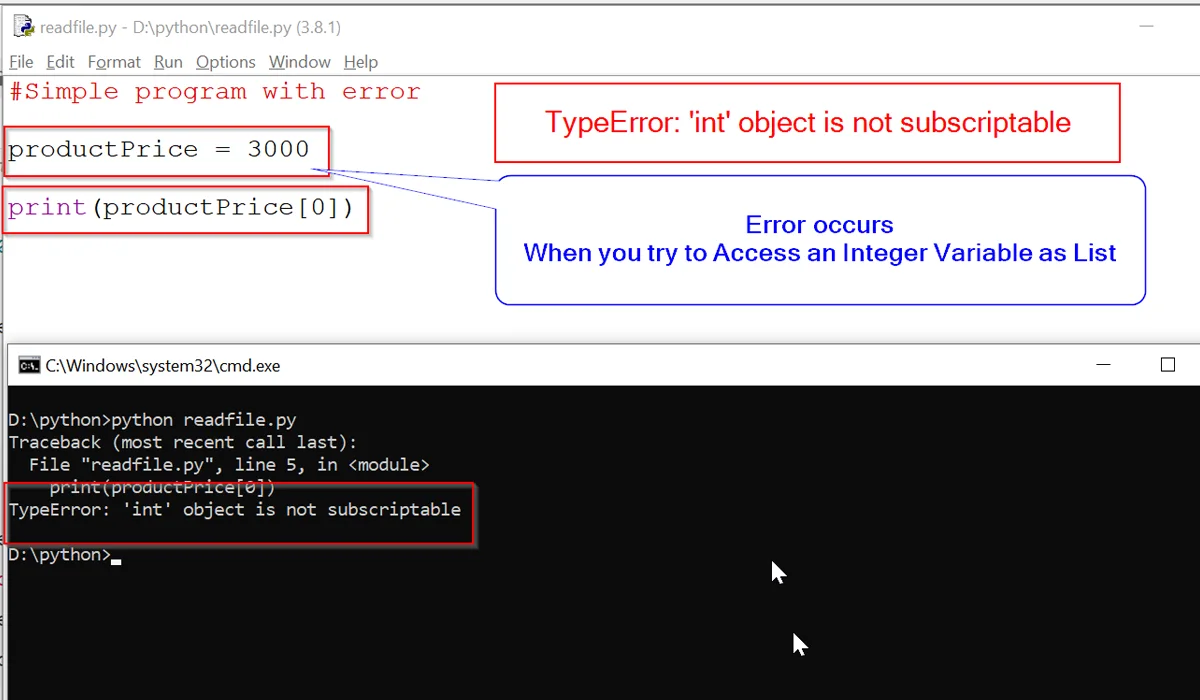

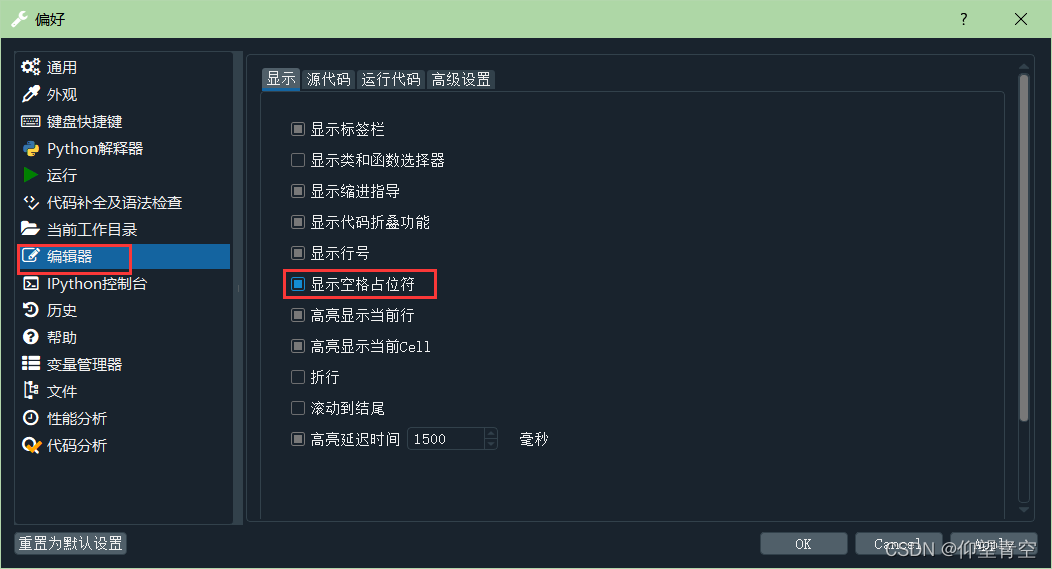




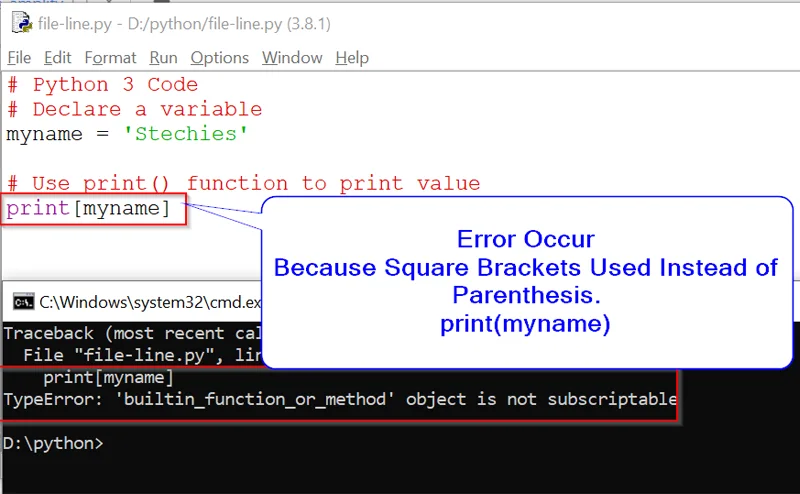



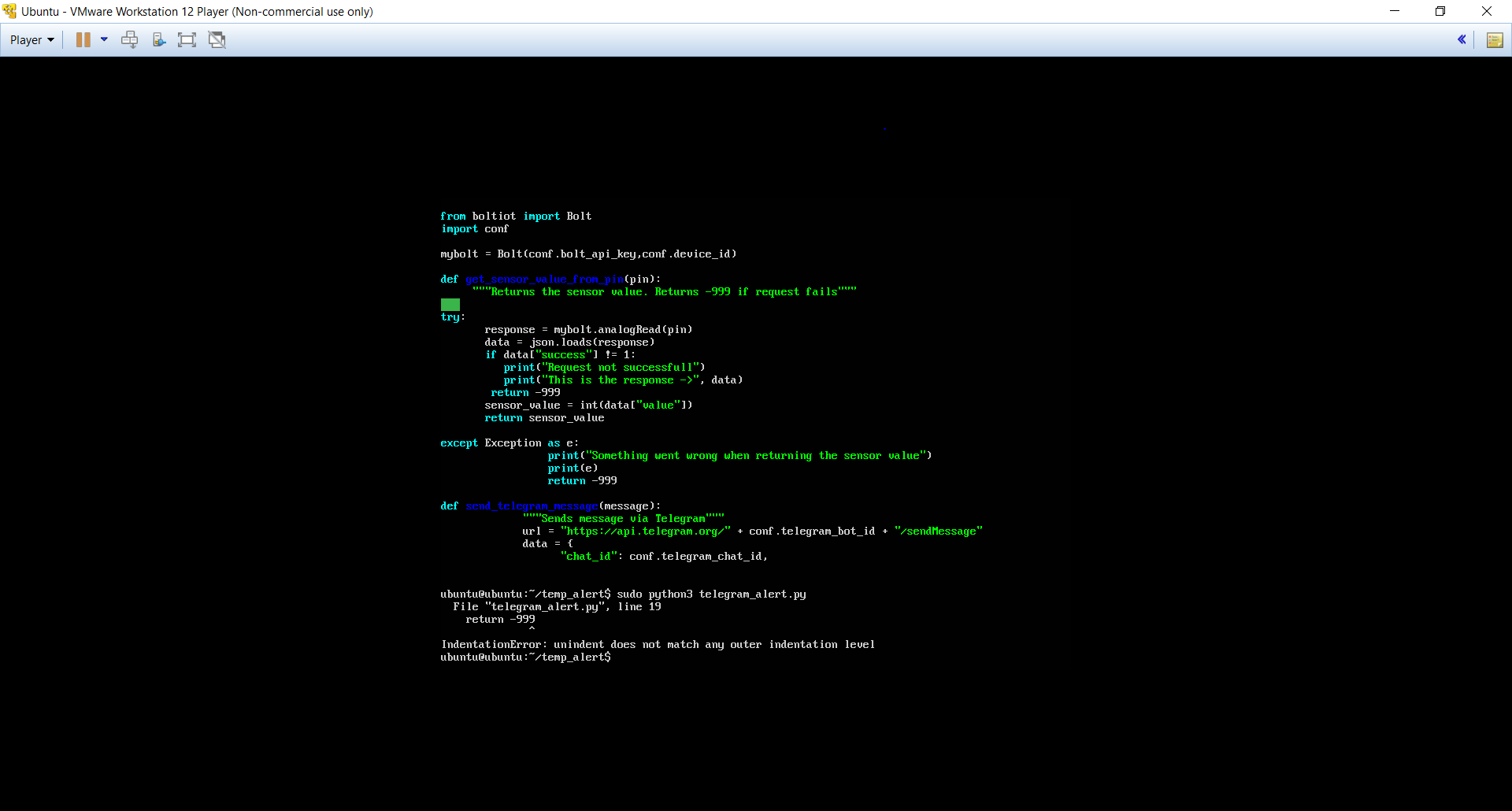
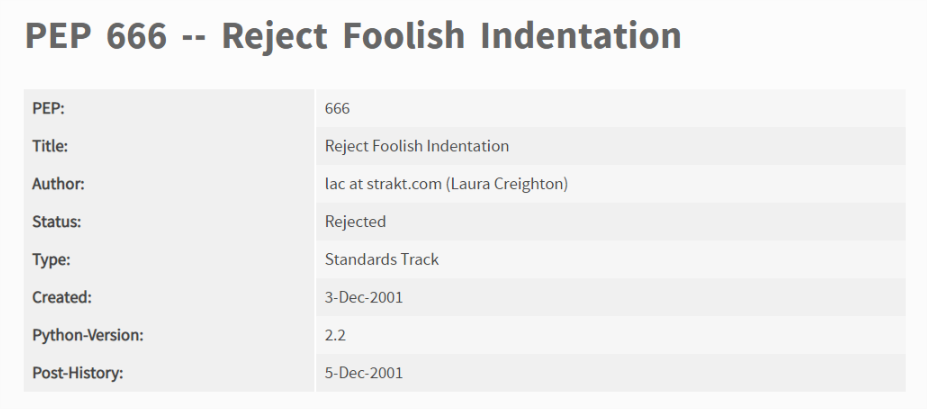
Article link: unindent does not match any outer indentation level.
Learn more about the topic unindent does not match any outer indentation level.
- unindent does not match any outer indentation level: Solution
- Unindent does not match any outer indentation level (Python)
- python – IndentationError: unindent does not match any outer …
- unindent does not match any outer indentation level trong …
- IndentationError: unindent does not match any outer indentation level
- Unindent does not match any outer indentation level – STechies
- How to fix indentation Error in Python – Numpy Ninja
- Unindent does not match any outer indentation level – STechies
- How to Fix: Python indentationerror: unindent does not match …
- Unindent does not match any outer indentation level in Python …
- unindent does not match any outer indentation level – Odoo
- unindent does not match any outer indentation level
See more: https://nhanvietluanvan.com/luat-hoc